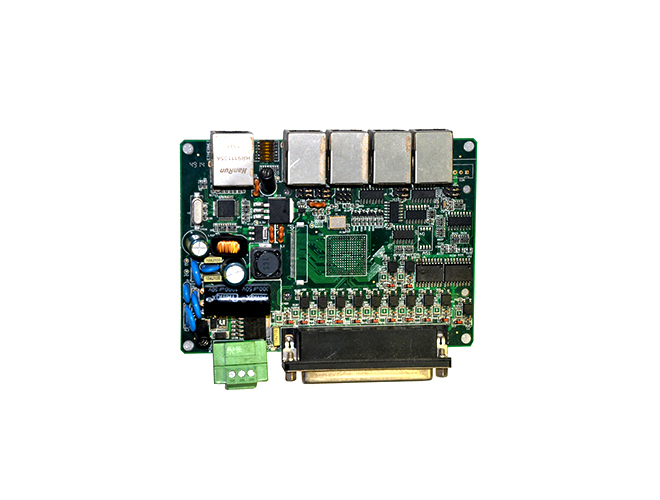-
CN
-
Service Hotline
+8618129931046 Mr. Liao


Time:2025-05-22 Views:1

The design of audio circuits on double - sided printed circuit boards (PCBs) requires careful consideration of various factors to achieve high - quality sound reproduction and minimize noise interference. Audio signals are sensitive to electrical noise and signal degradation, making the layout and routing on double - sided PCBs crucial for optimal performance.
One of the primary concerns in audio circuit design is signal integrity. On a double - sided PCB, the layout of audio components such as audio amplifiers, pre - amplifiers, and analog - to - digital converters (ADCs) needs to be carefully planned. Components should be placed in a logical order according to the signal flow, starting from the audio input source and ending at the output. For example, in a simple audio amplifier circuit, the input jack should be located near the pre - amplifier stage, which is then connected to the main amplifier. This sequential layout helps to minimize signal path lengths and reduce the chances of signal degradation.
Routing of audio traces on double - sided PCBs also requires special attention. Audio signals are often low - voltage analog signals, which are highly susceptible to electromagnetic interference (EMI) and radio - frequency interference (RFI). To mitigate this, audio traces should be kept as short as possible and routed away from high - frequency digital signals and power traces. Double - sided PCBs offer the advantage of being able to route traces on both layers, allowing designers to separate audio and non - audio signals more effectively. For instance, digital control signals for an audio system can be routed on one layer, while the audio signals are routed on the other layer, with a ground plane in between to provide shielding.
Another important aspect is power supply design for audio circuits on double - sided PCBs. A stable and clean power supply is essential for high - quality audio output. Power traces should be wide enough to handle the current requirements of the audio components and should be routed separately from audio traces to avoid coupling noise into the audio signals. Decoupling capacitors are also strategically placed near power - hungry components, such as audio amplifiers, to filter out any high - frequency noise in the power supply. On a double - sided PCB, these capacitors can be placed on either side of the board, depending on the component layout and available space.
In addition, the use of ground planes on double - sided PCBs is crucial for audio circuit design. A continuous ground plane helps to reduce noise by providing a low - impedance return path for signals and shielding against external interference. By carefully designing the ground plane and connecting all audio components to it properly, designers can improve the overall performance of the audio circuit, resulting in clearer, more accurate sound reproduction. Whether it is for consumer audio devices like headphones and speakers or professional audio equipment such as mixing consoles and audio interfaces, the design of audio circuits on double - sided PCBs is a complex but rewarding process that can significantly impact the quality of the audio experience.